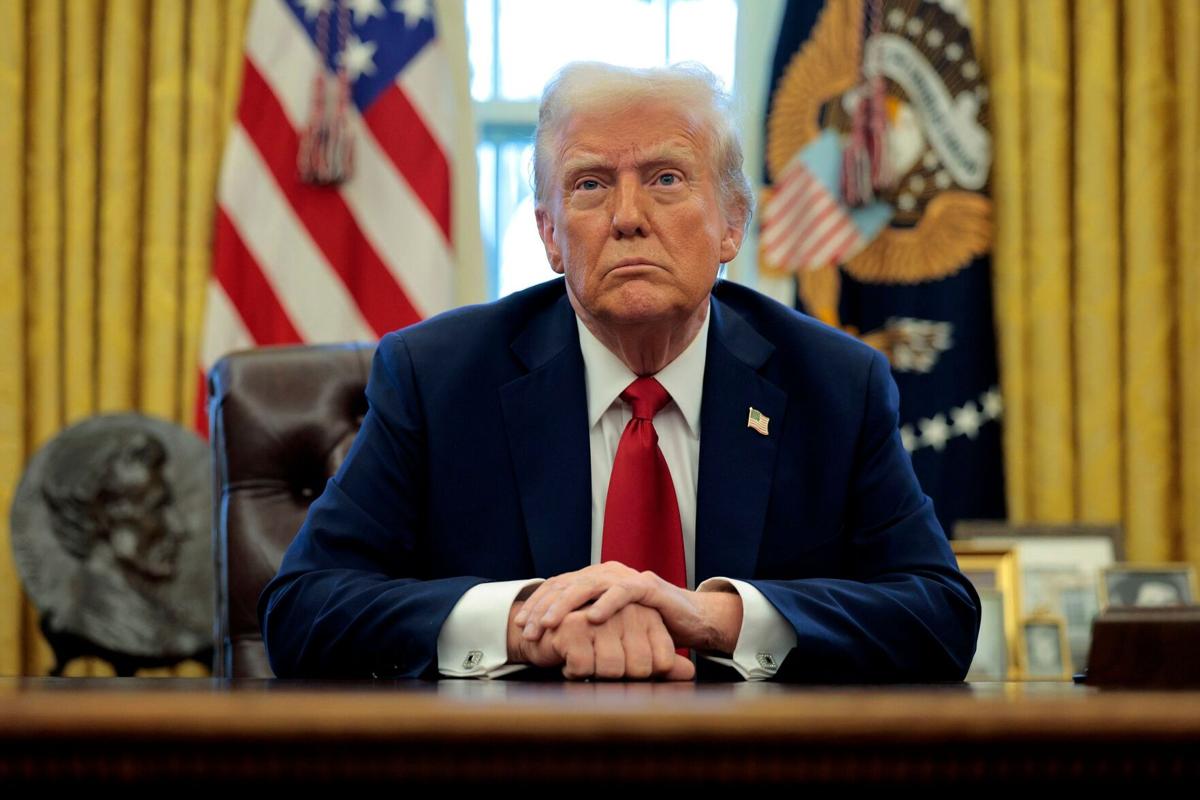🔍 Summary (Key Takeaways)
-
Trump’s global tariff plan was paused for 90 days amid rising trade tensions with China.
-
Goals included better trade deals, boosting US manufacturing, and lowering prices.
-
Analysts say results are mixed—progress on some fronts, but risks remain high.
1. Better Trade Deals: Progress or Posturing?
“For decades, our country has been looted, pillaged, and plundered…” — Donald Trump
At the heart of Trump’s tariff campaign was a promise to secure better trade agreements. His plan introduced a 10% baseline tariff on imports from all nations, including allies. This bold approach sent shockwaves through global markets, prompting adversaries and long-standing partners to seek negotiations.
The administration has claimed that over 75 countries have made trade overtures. Although an official list has not been released, ongoing talks with nations like Japan and South Korea suggest Trump’s hardline stance may be yielding concessions.
The 90-day pause provides a brief window for countries to make deals, and early signs suggest Trump’s strategy has opened new dialogue. But time is running short.

2. Reviving American Industry: A Long-Term Gamble
“Jobs and factories will come roaring back…” — Donald Trump
Trump’s promise to “reshore” American manufacturing depends on tariffs, which makes foreign goods less competitive. However, the unpredictability of recent tariff shifts has made businesses cautious.
Companies may delay large-scale investments in domestic production until a clearer trade policy emerges. Industries such as steel and automotive are watching closely, but volatility is a significant hurdle.
Takeaway:
Uncertainty undermines investor confidence. Until stability returns, the expected manufacturing boom remains speculative.

3. Confronting China: A High-Stakes Standoff
“They were taking tremendous advantage of us.” — Donald Trump
Trump shifted focus to China, calling it the chief offender in America’s trade imbalance. By targeting Beijing with harsher tariffs while temporarily sparing other countries, Trump aimed to isolate China economically.
Despite mutual hostility, signs of diplomacy have emerged. Trump has praised President Xi and hinted at negotiations. However, tensions remain high, and alienating global allies could weaken the US’s leverage.
Engaging in a trade war with the world’s second-largest economy risks long-term geopolitical fallout.
4. Raising Revenue: Short-Term Gains, Long-Term Risks
“Trillions and trillions of dollars…” — Donald Trump
Trump argued that tariffs would generate revenue to fund tax cuts and reduce the national debt. According to the Tax Foundation, a 10% universal tariff could raise an estimated $2 trillion over a decade.
Yet, these gains are only sustainable if consumers continue to buy imported goods. If domestic alternatives become dominant, tariff revenue could decline sharply.
Revenue goals may be met initially, but they hinge on consumption patterns that tariffs are designed to disrupt.
5. Lower Consumer Prices: A Flawed Assumption
“The golden age of America…” — Donald Trump
One of Trump’s key promises was that reshoring production would reduce prices. However, economists argue that tariffs typically raise costs, especially for imported goods.
The Tax Foundation estimates a 10% tariff could cost the average US household over $1,200 per year, disproportionately affecting low-income families. While energy prices dipped briefly, this may reflect broader recession fears—not tariff-driven savings.
Instead of reducing prices, Trump’s tariffs risk burdening consumers—an outcome with serious political consequences.
Trump’s tariff strategy was bold, unpredictable, and globally disruptive. Although it has opened the door to new trade talks and generated short-term revenue, the broader impacts remain unclear. Volatility, consumer costs, and geopolitical tensions have made this a risky economic experiment.
As the 90-day pause continues, the world will watch to see whether Trump’s dealmaking instincts can deliver real outcomes—or just more chaos.















